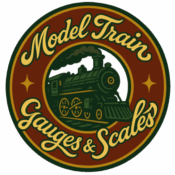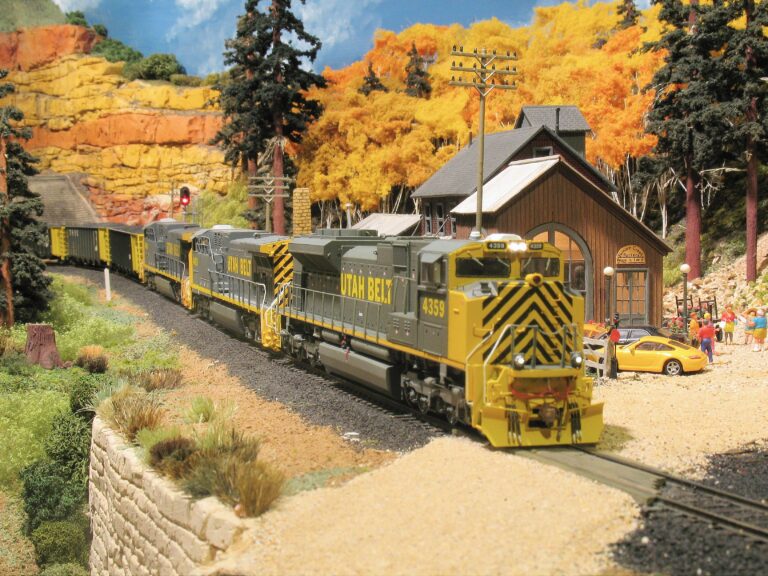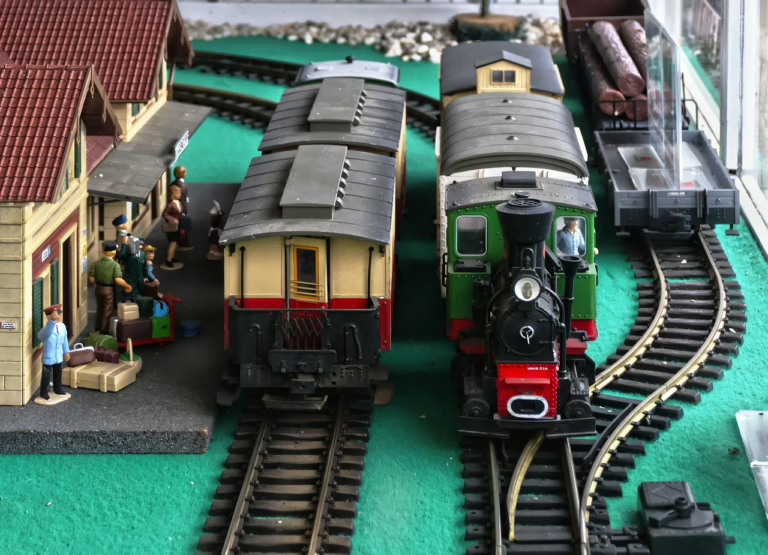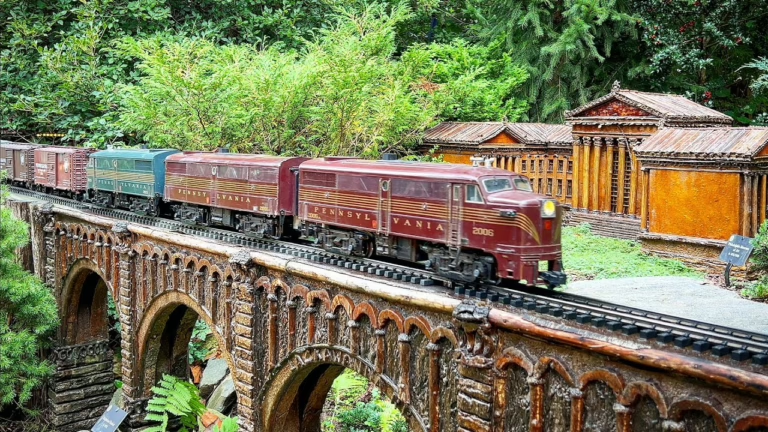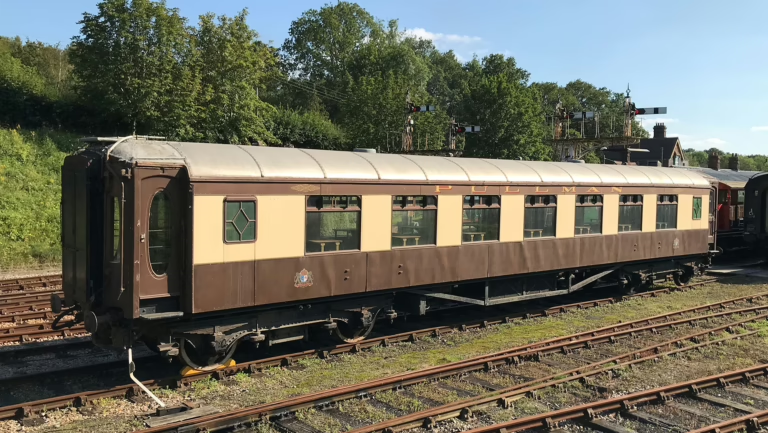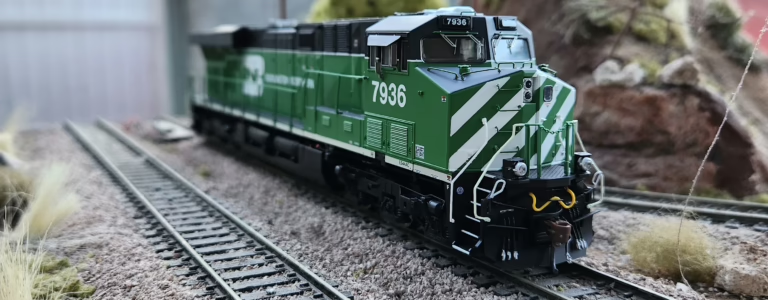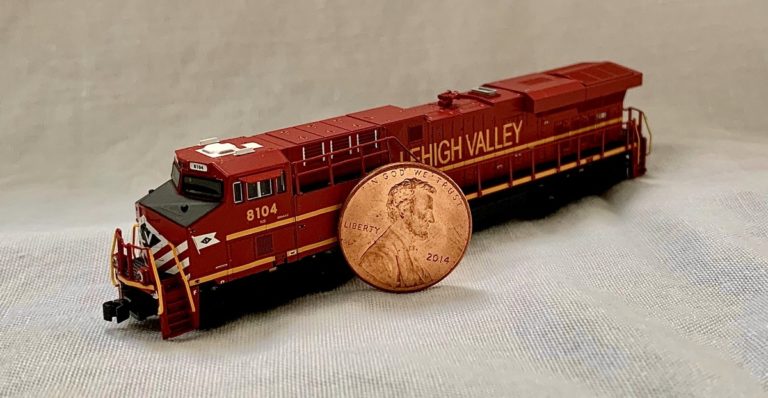Everything You Need to Know About S Scale Model Trains
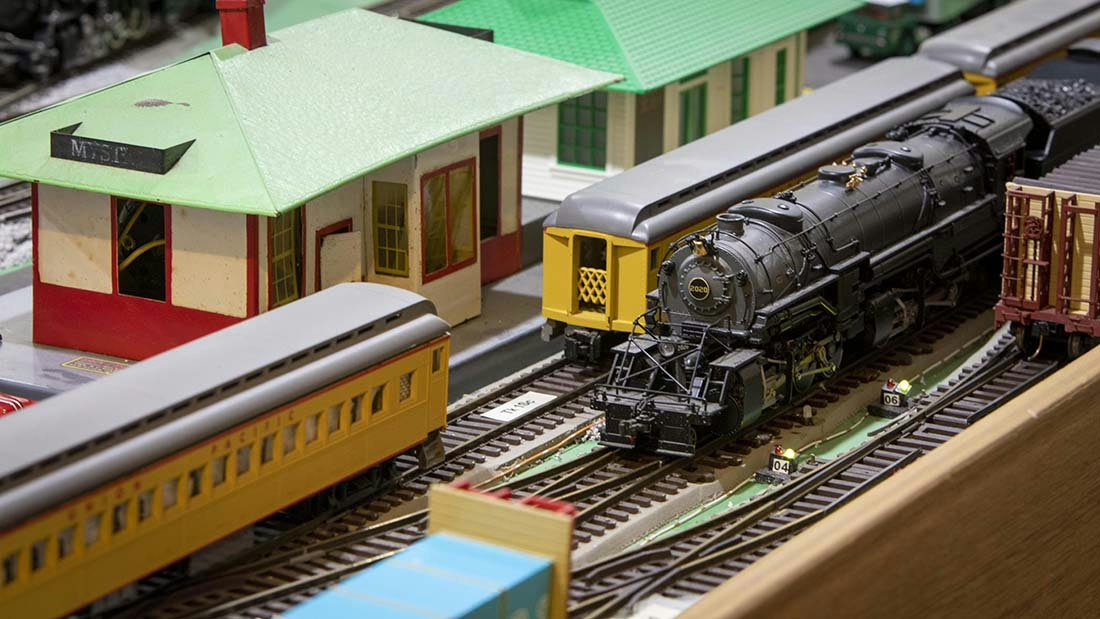
Model railroading offers a wide variety of scales, each with its own advantages and personality. While HO and N scale often dominate discussions, S scale model trains have carved out a loyal following thanks to their balance of size, realism, and playability. Below you’ll find answers to the most common questions about S scale, from its history to layout ideas, along with product recommendations for hobbyists ready to explore this unique scale.
What Is S Scale in Model Railroading?
S scale trains run at a 1:64 ratio, meaning one real-world foot equals 3/16 of an inch on the model. This places them between the popular O scale (1:48) and HO scale (1:87) in size.
- Track Gauge: S scale trains run on 22.48 mm gauge track, which is wider than HO but narrower than O.
- Size: Cars and locomotives are noticeably larger than HO, which makes detailing easier, but they still fit on moderately sized layouts unlike O or G scale.
For hobbyists, this “in-between” scale provides the perfect balance of realistic detail and manageable space requirements.
How Did S Scale Develop?
S scale has roots going back to the 1930s, when it was introduced by the American Flyer company. At the time, O scale trains dominated, but American Flyer saw an opportunity to offer a smaller yet still detailed option.
When A. C. Gilbert acquired American Flyer in 1938, he popularized S scale through streamlined designs and improved realism. Gilbert’s American Flyer line became a household name in the postwar years, helping solidify S scale as a viable option in the hobby.
Even today, American Flyer S scale trains remain highly collectible, and Lionel has carried the tradition forward by continuing to produce American Flyer products.
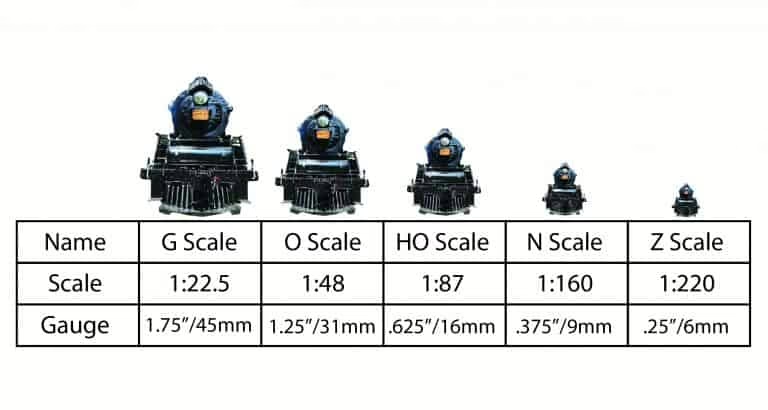
How Does S Scale Compare to Other Scales?
|
Scale |
Ratio |
Track Gauge |
Key Traits |
Who It’s For |
|---|---|---|---|---|
|
O |
1:48 |
32 mm |
Big, bold, and toy-like or scale-realistic depending on manufacturer |
Collectors, large layouts |
|
S |
1:64 |
22.48 mm |
Balanced size with high realism and moderate space needs |
Realism seekers with moderate space |
|
HO |
1:87 |
16.5 mm |
Most popular, huge product variety |
Beginners, mainstream hobbyists |
|
N |
1:167 |
9 mm |
Compact, ideal for small spaces |
Apartment dwellers, small layouts |
S scale strikes a middle ground. If O scale feels too large and HO too small, S scale may be your sweet spot.
Why Choose S Scale?
Advantages of S scale include:
- Realism: Larger than HO, so you can achieve finer detail in locomotives and scenery.
- Space-Friendly: Requires less room than O or G scale, while still offering a commanding presence.
- Playability: Easier for children (and adults) to handle compared to smaller scales.
- Unique Factor: Less common, which means layouts stand out at clubs or train shows.
The only downside is that product availability is more limited compared to HO or N scale. However, what is available tends to be high-quality.
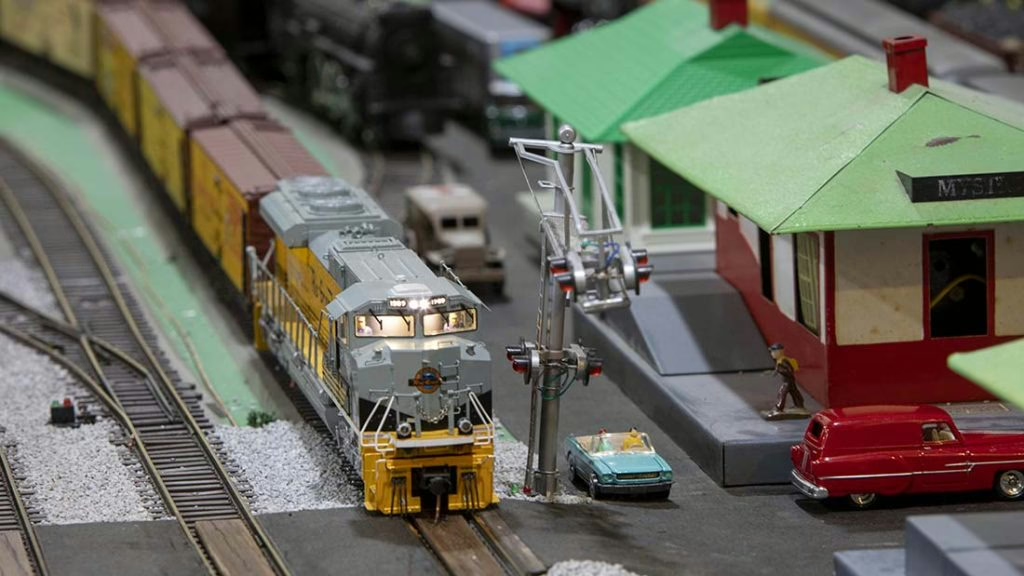
What Are the Best S Scale Manufacturers?
Several companies specialize in S scale products, with American Flyer by Lionel being the most iconic.
- Lionel American Flyer – Offers locomotives, rolling stock, and starter sets. Reliable quality, and a great way to start in S scale.
- S-Helper Service (as part of MTH) – Known for detailed rolling stock and track systems, widely respected in the hobby.
- Scale Trains – Produces S scale locomotives and rolling stock with modern electronics from MTH tooling and molds.
- American Models – Independent manufacturer offering high-quality locomotives, passenger cars, and freight stock.
Many of these trains and accessories are available on Amazon or direct from manufacturer websites.
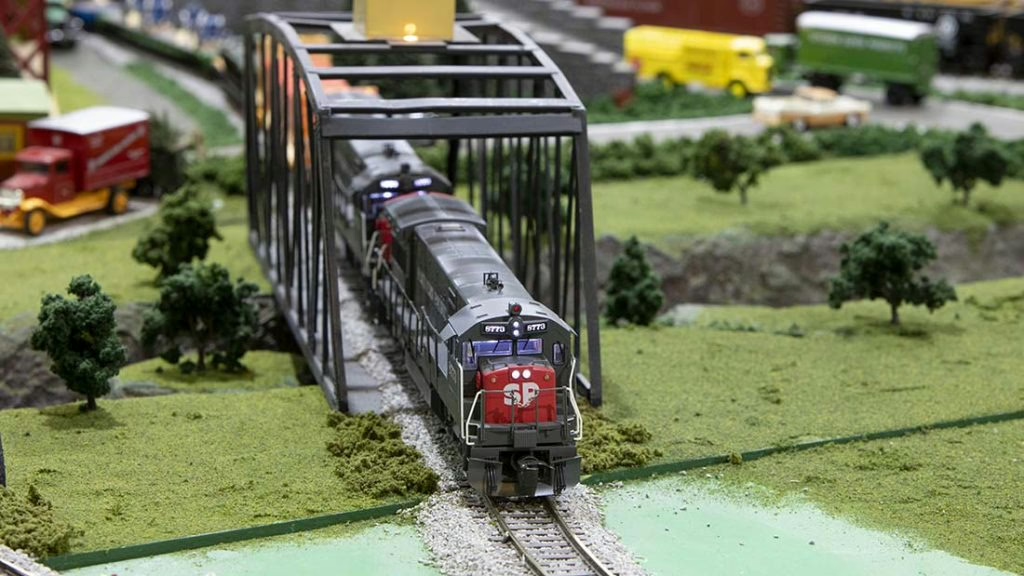
How Much Space Do You Need for an S Scale Layout?
An S scale 4×8 layout is a common starting point, similar to HO. This size allows for:
- An oval mainline with passing sidings
- A small yard or industrial spur
- A mountain or tunnel scene for visual interest
For more ambitious layouts, a basement or dedicated room allows you to take advantage of S scale’s strong presence and realism.
Is S Scale Good for Beginners?
Yes—though with one caveat. Beginners will appreciate the larger trains, easier handling, and realistic appearance. However, the limited product selection can be challenging if you like lots of variety.
That said, Lionel’s American Flyer starter sets are a fantastic entry point. These sets usually include:
- A locomotive (often steam or diesel)
- Rolling stock cars
- A loop of track
- A power pack or controller
What About Digital Command Control (DCC) in S Scale?
S scale trains support both traditional DC control and Digital Command Control (DCC). Modern locomotives from MTH and American Models often come DCC-ready or pre-installed.
Benefits of DCC in S scale include:
- Running multiple locomotives independently
- Realistic sound effects
- Advanced lighting features
For hobbyists aiming at realism, DCC brings layouts to life.
Are There Clubs and Communities for S Scale Enthusiasts?
Yes. Though smaller than HO or N scale groups, S scale clubs and associations are active worldwide. Examples include:
- NASG (National Association of S Gaugers): A major hub for S scale news, standards, and conventions.
- Local clubs: Many train clubs have dedicated S scale divisions.
- Online forums: Communities like Model Railroader forums and Facebook groups connect enthusiasts.
These communities are invaluable for layout inspiration, troubleshooting, and second-hand finds.
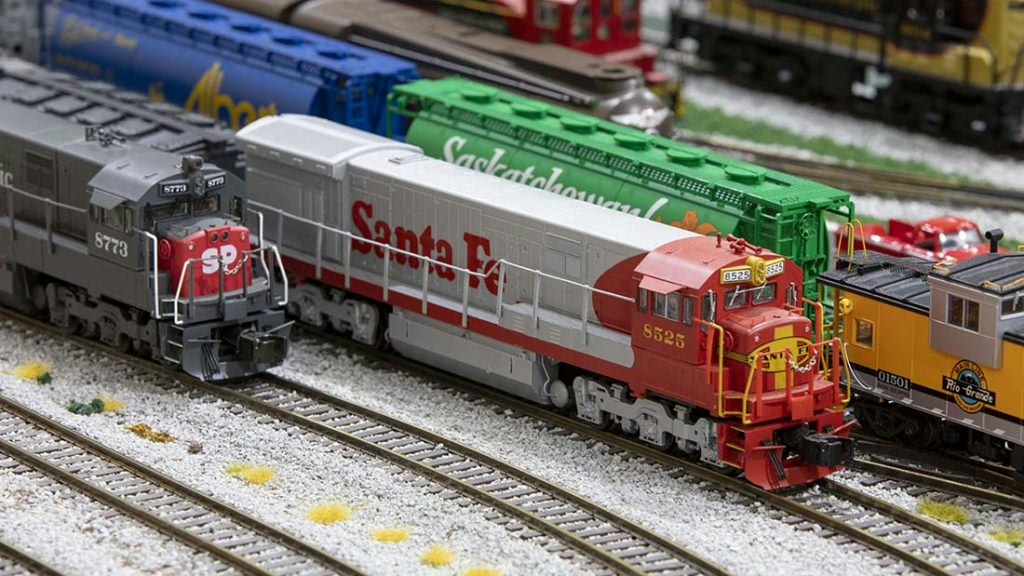
How Does Scenery Work in S Scale?
Scenery materials are often marketed for HO and O scales, but they adapt perfectly to S. Popular brands include:
- Woodland Scenics: For trees, ground cover, ballast, and structures.
- Pikestuff and Evergreen Scale Models: For scratch building and kitbashing.
- 3D Printing: An emerging option—download STL files sized for S scale and print unique structures.
Is S Scale Expensive?
Relative to other scales, S scale prices are slightly higher due to smaller production runs.
- Locomotives: $200–$500 depending on electronics and detail
- Rolling stock: $30–$70 per car
- Track: Comparable to O scale, though slightly less expensive
While not the cheapest, the balance of size, detail, and collectability makes it worthwhile for serious hobbyists.
Final Thoughts: Is S Scale Right for You?
S scale might not have the mass-market presence of HO or N, but for hobbyists who want big, detailed trains without requiring a gymnasium-sized layout, it offers the perfect middle ground.
Whether you’re starting with a Lionel American Flyer set, adding a detailed American Models passenger car, or building a mountain pass scene on a 4×8 table, S scale delivers an immersive and rewarding experience.
If you’re drawn to its balance of size and realism, S scale could very well be the best-kept secret in model railroading.
